Nepal’s mountains are prone to disasters. Residents face difficulties accessing public services when crises occur.
By Dr. Suresh Tamang, Nepal Country Advisor
While Nepal is known for its natural beauty, the rugged landscape creates constant struggles for poor and underserved people. This is especially true for those living far away from major cities and public services.
Due to their location in the Himalayas, rural Nepalese communities face numerous environmental threats. In the frequent landslides and floods, the local people have faced much damage and lost many lives. The area of Sindhupalchowk was also among the epicenters of the 2015 mega-earthquake in Nepal that caused over 9,000 deaths and 22,000 injuries.
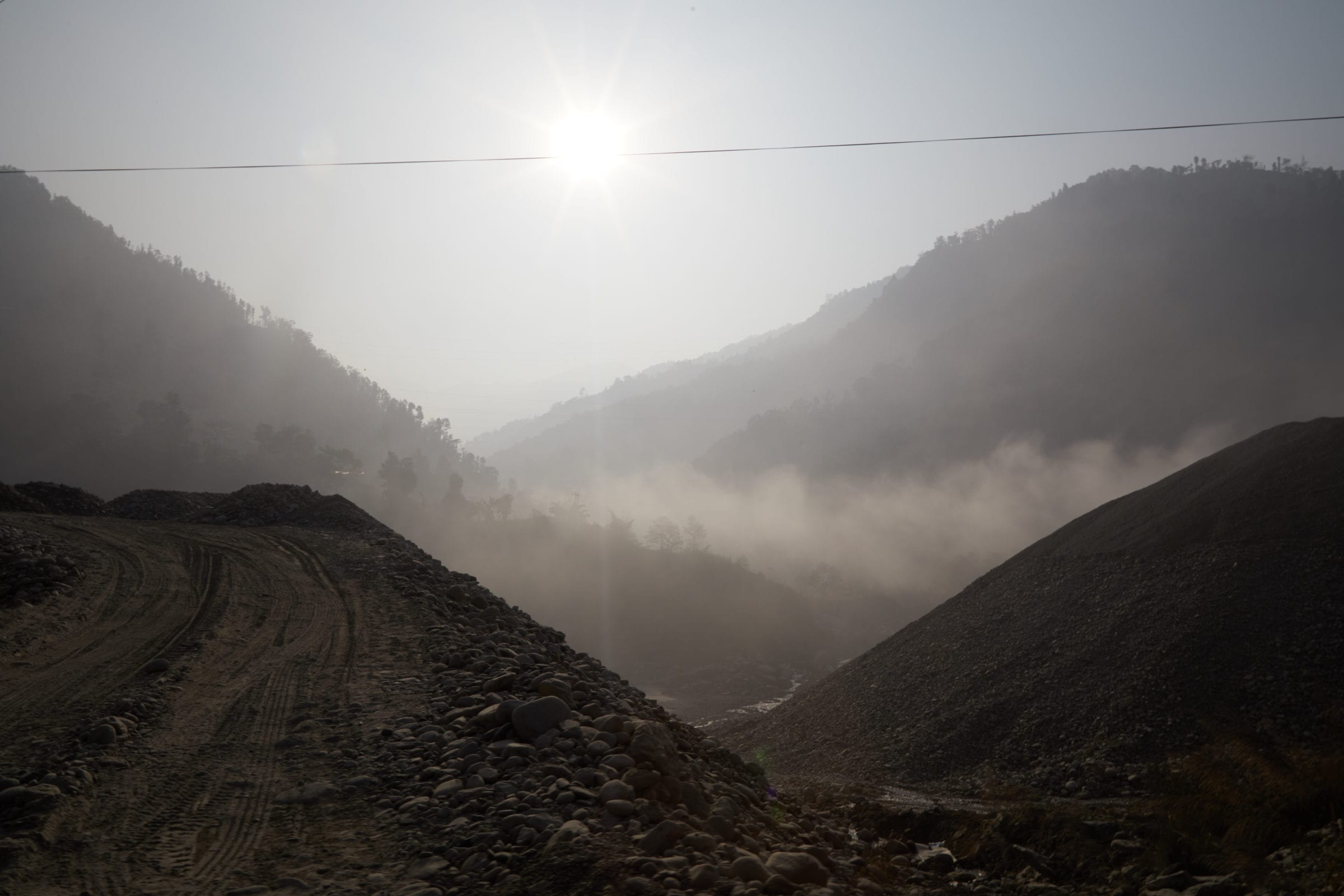
With other causes like deforestation and climate change, the area is becoming increasingly prone to disasters each year. And when disaster strikes, relief efforts are limited by haphazard mountain roads.
Indigenous Himalayan tribal groups—including the Tamang, Sherpa and Hyolmo peoples—comprise of the majority of residents heavily affected. This compounds existing socio-economic disadvantages, such as inadequate access to basic services like education and healthcare.
Thanks to our generous donors, Give2Asia has a long history of disaster relief giving in Nepal. Our local partner Group of Technical Assistance (GTA) recently distributed relief materials for the victims and survivors of recent landslides and floods in two rural municipalities: Bhotekoshi and Barhabise.
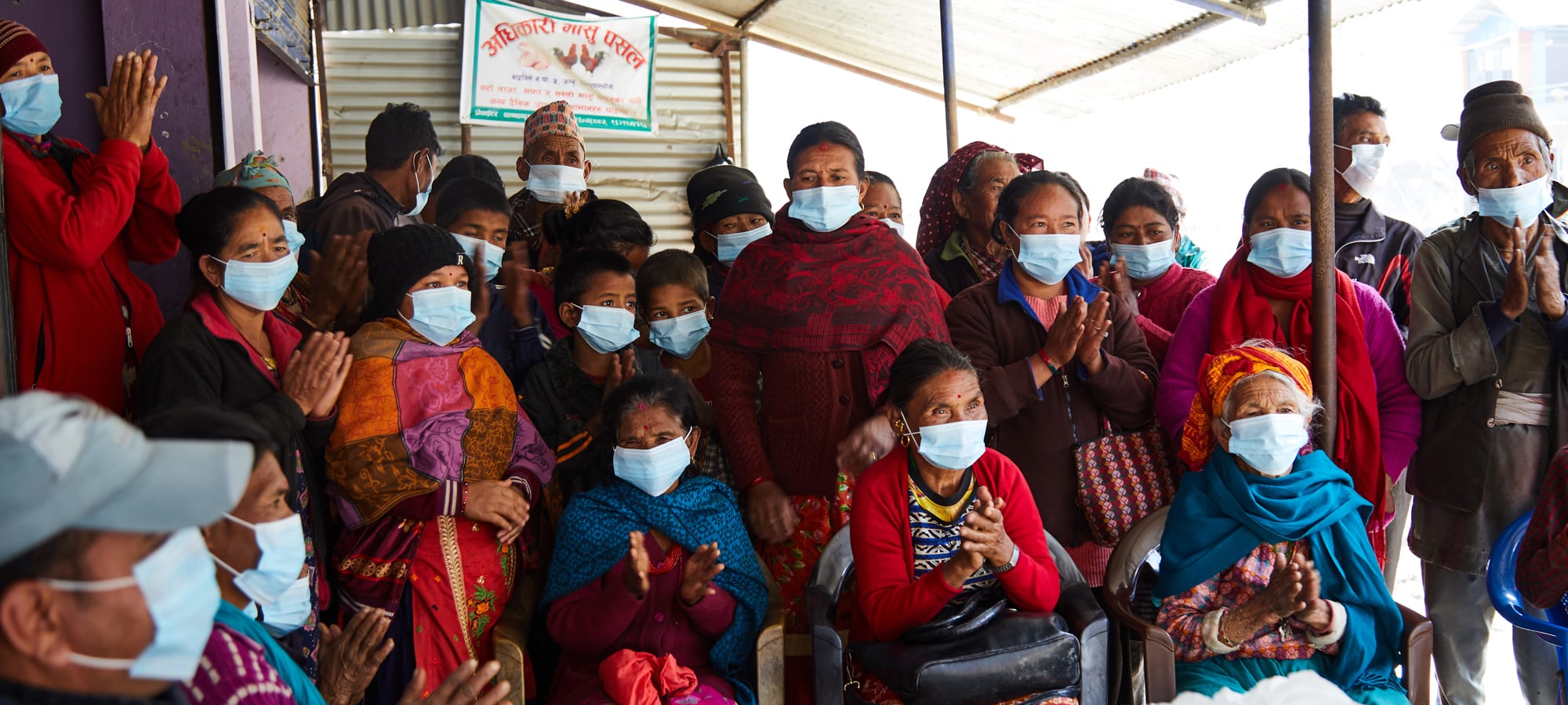
Photos courtesy of Oneiro Photography Studios
My recent trip to Sindhupalchok was quite memorable and fruitful. I was able to attend the relief distributions by GTA, explore the area, and interact with locals who have been tremendously impacted by recent events. More than anything, I was surprised to see the hope and smiles on their faces!
In these communities, most of youth have relocated to urban areas or migrated for foreign employment. It is primarily the elderly, those with disabilities, and children who remain in the village. The difficult terrain and high risk of disaster has caused many people to live with constant fear.
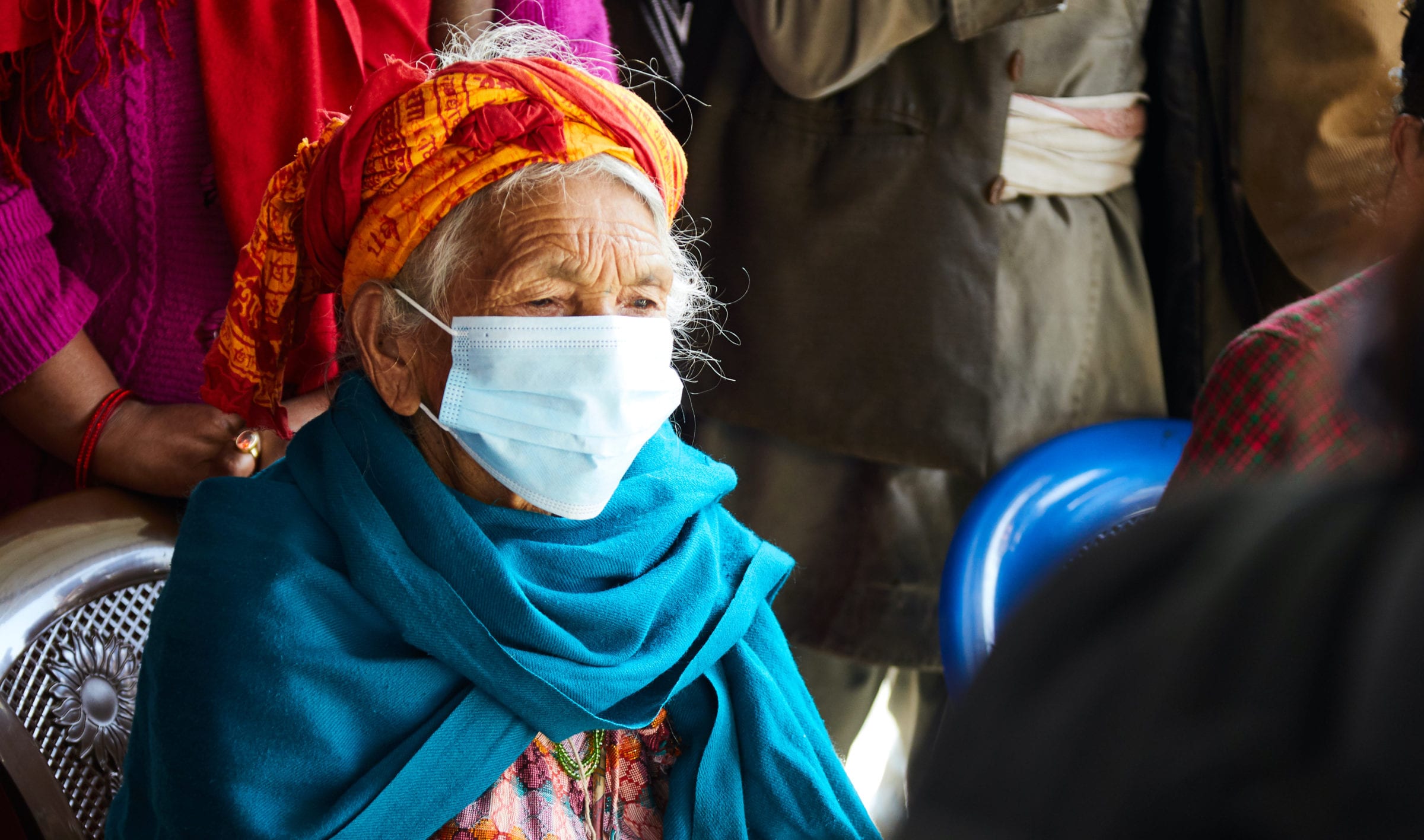
Relief work is crucial to aid the residents in the short term. Looking forward, it is essential for Government and external development partners to collaborate on solutions so our people can live in their homeland without fear.
To learn more about Give2Asia’s disaster relief work in Nepal, read about our Nepal COVID-19 response campaign and 2015 Nepal earthquake disaster response.
To discuss new giving opportunities, please contact our international grantmaking team.
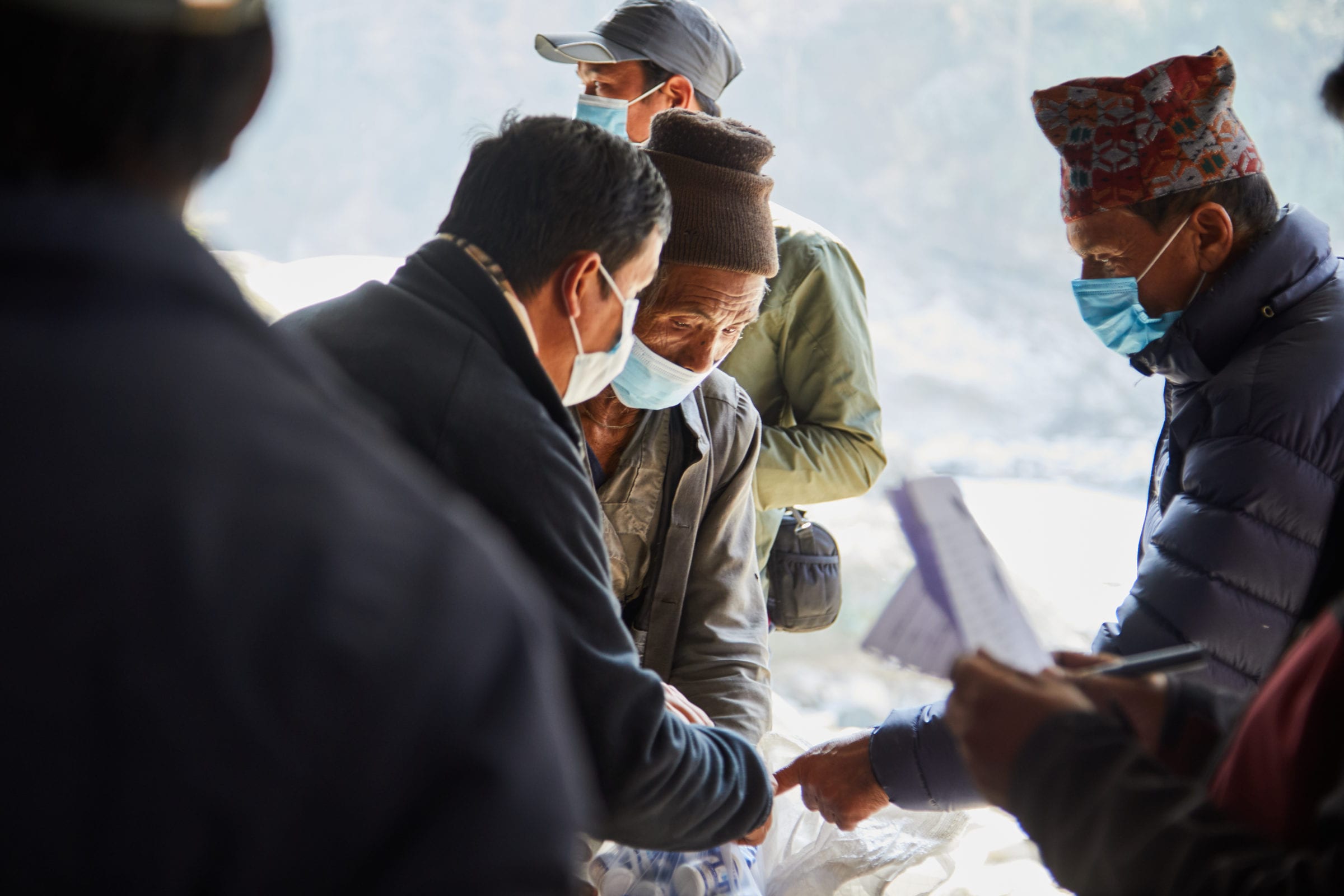
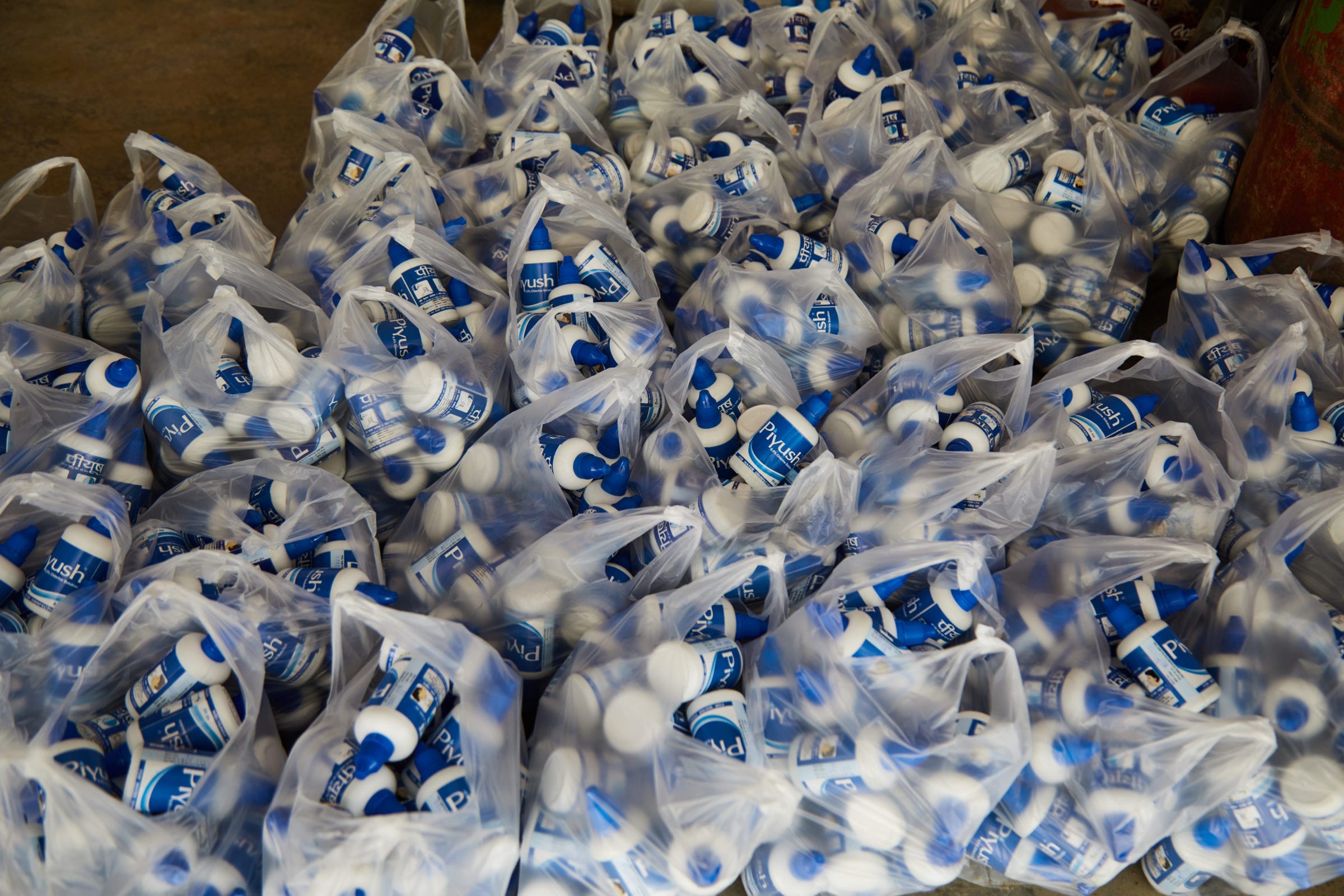

Thank you to Oneiro Photography Studios in Kathmandu, Nepal for donating photography services for this site visit.




